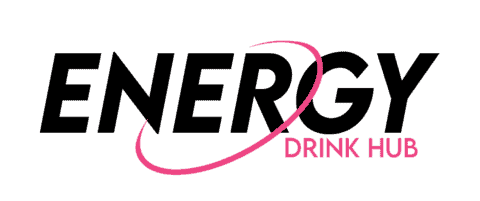Each 16 fl. oz. can of Monster Energy Drink contains 160 mg caffeine, 210 calories, 54 grams of sugar, and a variety of other energy-boosting ingredients.
Monster is also packed with vitamins and nutrients, all of which are essential for the body to function better.
In this article, we’ll have a closer look at the nutrition facts of Monster to help you arrive at an informed decision whether or not it’s good for you.
For a starter, the FDA requires manufacturers to label the packaging of their products with detailed nutrition facts.
Nutrition Facts provides consumers with information such as the amount of sugar, calories, sodium, protein, fats, carbs, and other nutrients included in a product so that you can create an informed decision about the goods that you’ll be purchasing or consuming.
Without further delay, let see what Monster has got for us!
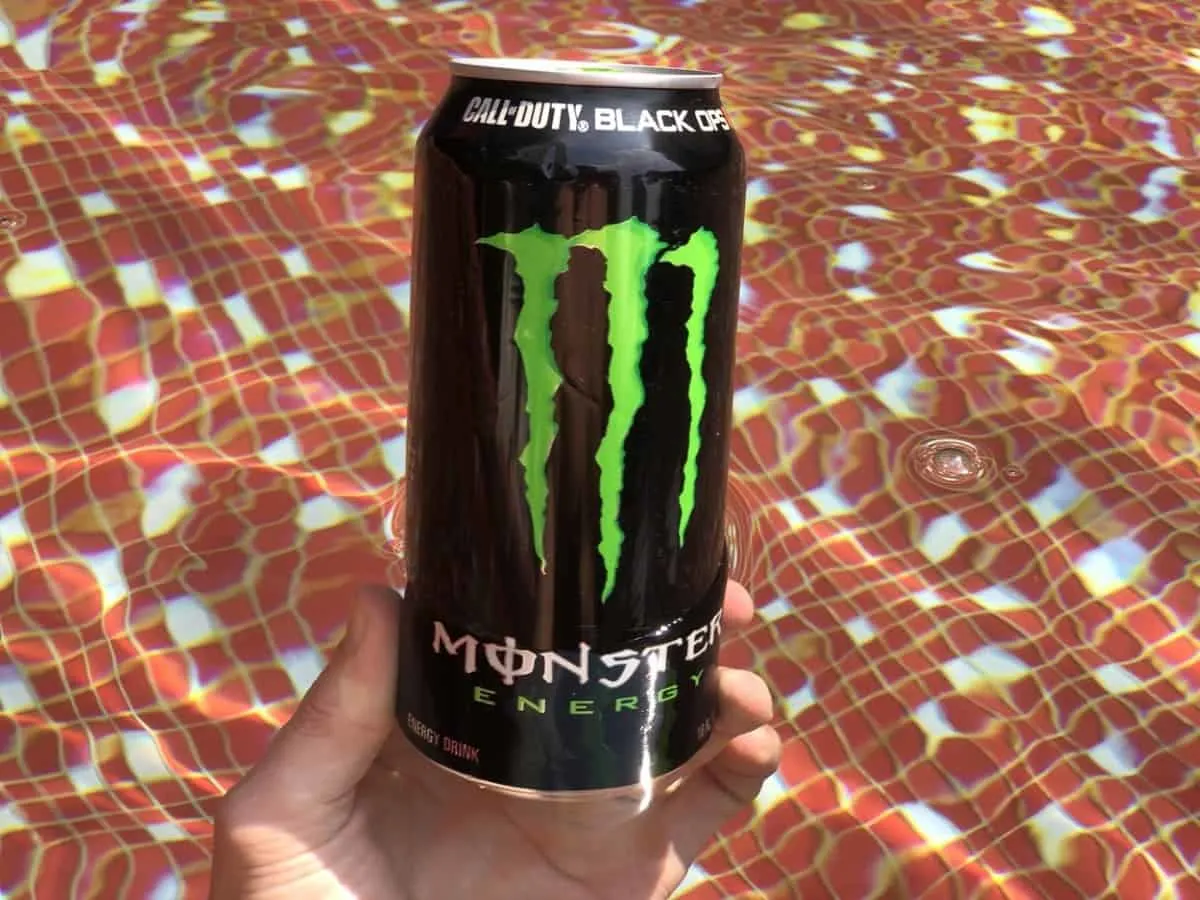
Page Contents
Ingredients in Monster Energy Drink
Let’s take a look at what goes into a 16 fl. oz. can of Monster Energy :
- Carbonated Water
- Sugar
- Glucose
- Citric Acid
- Natural Flavours
- Taurine
- Sodium Citrate
- Color Added
- Panax Ginseng Extract
- L-Carnitine L-Tartrate
- Caffeine
- Sorbic Acid
- Benzoic Acid
- Niacinamide (Vitamin B3)
- Sucralose
- Salt
- D-Glucuronolactone
- Inositol
- Guarana Extract
- Pyridoxine Hydrochloride (Vitamin B6)
- Riboflavin (Vitamin B2)
- Maltodextrin
- Cyanocobalamin (Vitamin B12)
Nutrition Facts of Monster Energy Drink
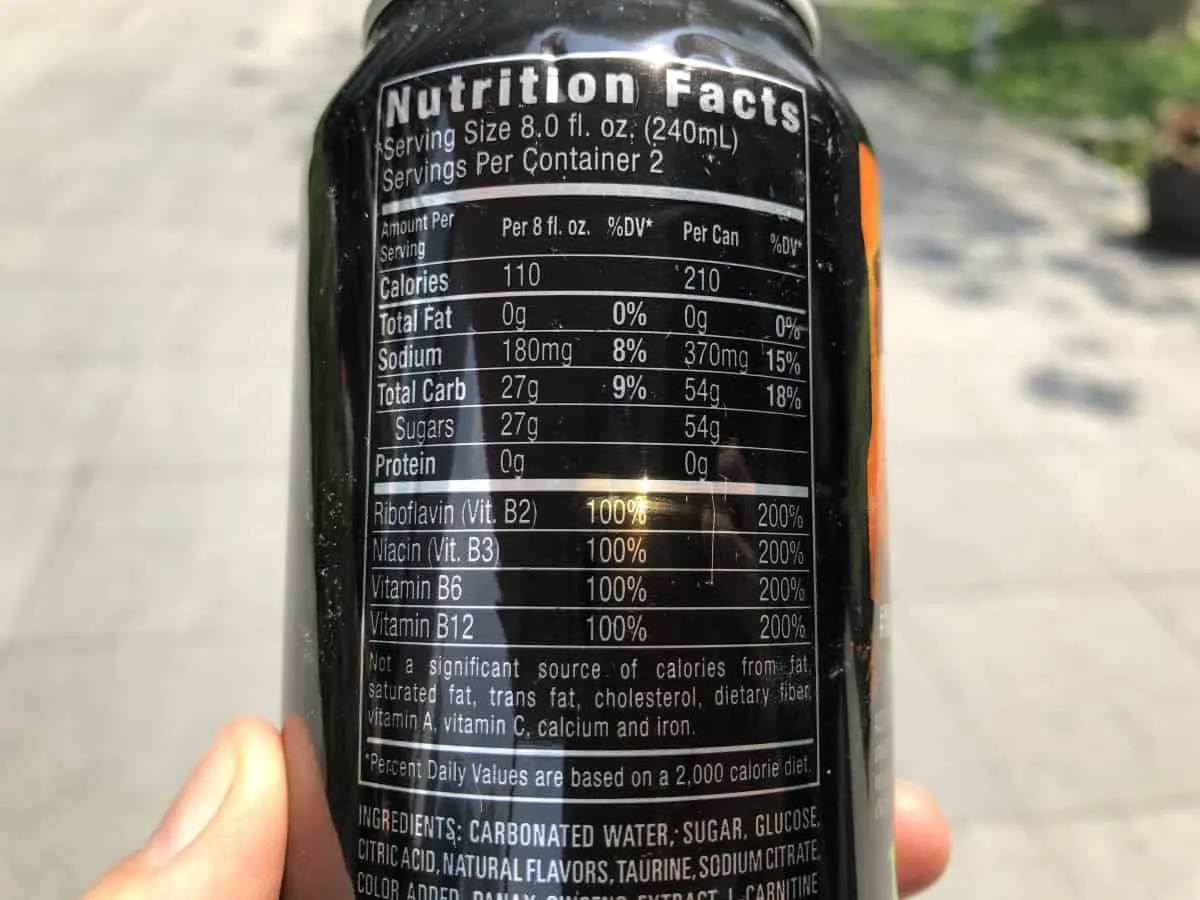
The nutritional values of Monster Energy Drink are summarized in the table below:
| Daily Values | Monster Energy (16 fl. oz.) |
| Calories | 210 calories |
| Sodium | 370 mg |
| Potassium | 7.2 mg |
| Carbohydrates | 54 g |
| Sugars | 54 g |
| Dietary Fiber | 0 g |
| Caffeine | 160 mg |
| Cobalamin | 100% |
| Vitamin B6 | 100% |
Let’s now look at the major ingredients of a 16 fl. oz. can of Monster Energy to better understanding how it works in terms of providing an energy boost.
Monster Energy Calories
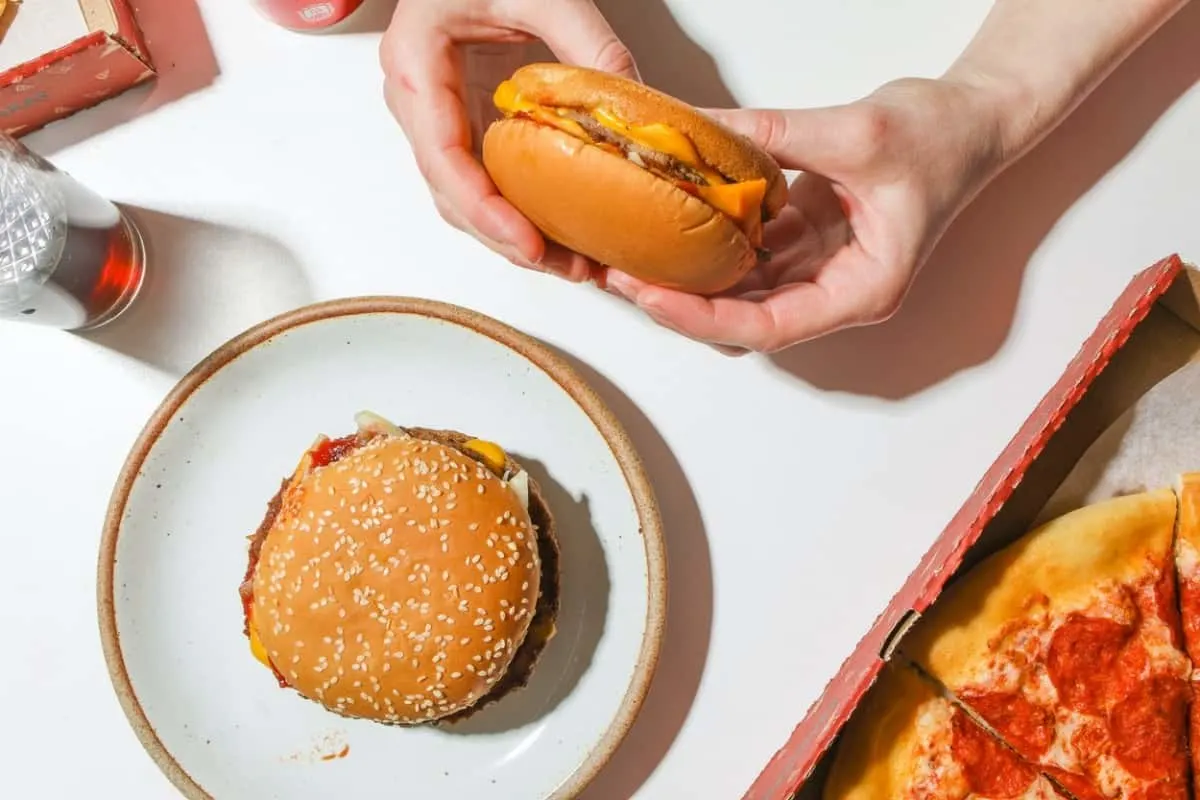
Monster Energy contains 210 calories per 16 fl. oz. can, which is roughly one-tenth of the recommended daily calorie intake.
You should have no issue burning off those calories if you live a healthy and balanced lifestyle.
The recommended daily caloric intake for women is 2000 calories and 2500 calories for men but this will depend on your level of activity and body’s metabolism.
While Monster Energy’s calories are unlikely to have a substantial influence on your health, keeping note of how much you’re consuming is always a good idea.
Consuming food and beverages that contain a high amount of calories can lead to obesity, diabetes, and heart disease.
That being said, the best option is to limit yourself to one can of Monster Energy per day to prevent yourself from gaining extra calories.
Monster Energy Drink Caffeine
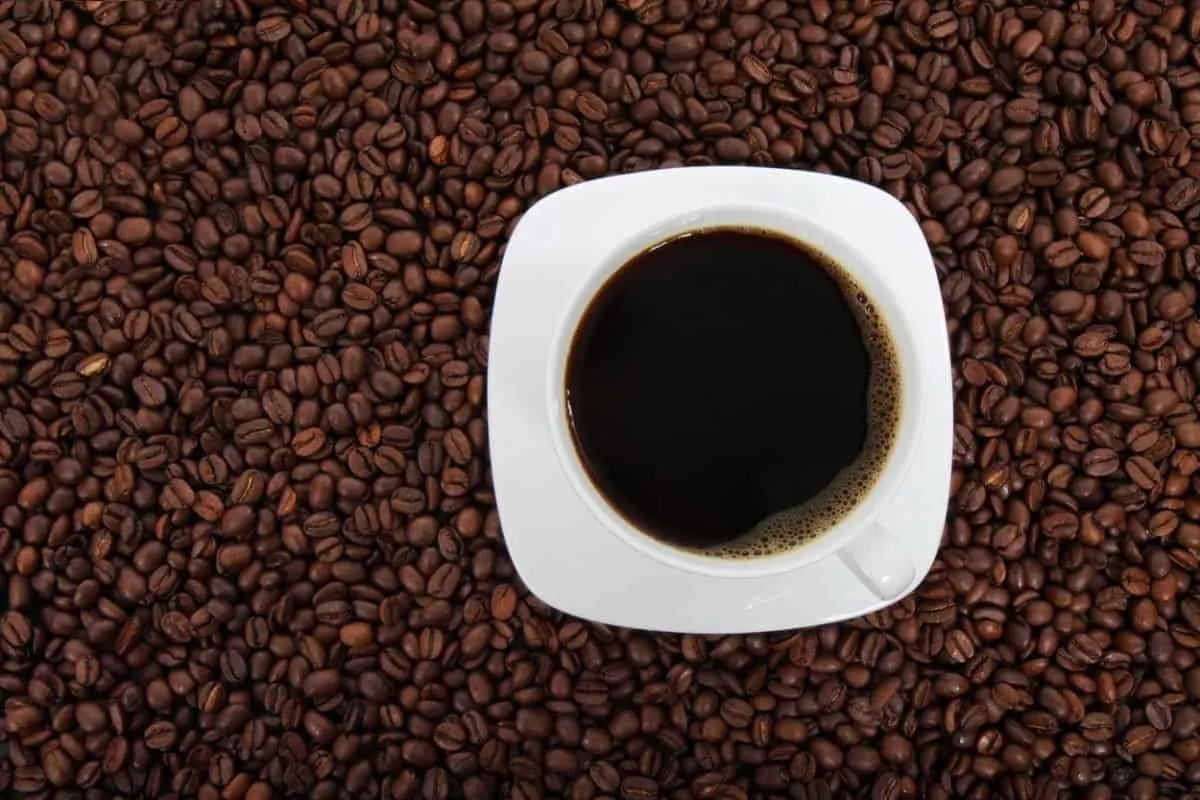
A standard can of Monster Energy contains 160 mg caffeine, which is can be considered low for an energy drink of this size.
For reference, a 16 fl.oz. Reign contains 300 mg caffeine, and 16 fl. oz Bang is packed with 300 mg caffeine. With this figure, we can conclude that Monster’s caffeine is within a reasonable amount.
The FDA recommends no more than 400 mg of caffeine per day for healthy individuals.
Monster Energy contains almost half of the permitted daily caffeine intake which I think is enough to keep you energized throughout the day. It is also suited for those with a pretty low level of caffeine tolerance.
Caffeine in moderation provides you with many benefits, including greater alertness, cognitive efficiency, and improved physical performance.
On the contrary, Excessive caffeine can lead to a variety of health issues, including:
- increased heart rate
- high blood pressure
- heart palpitations
- insomnia
- dehydration
- restlessness
So, regardless of your caffeine tolerance, you should drink Monster Energy in moderation to prevent all sorts of potential health risks.
How much Sugar does a Can of Monster Energy Contain?
Monster Energy is heavily stuffed with 54 grams sugar per 16 fl. oz. can, which can be too much if compared to other energy drinks on the market.
The American Heart Association recommends a sugar intake of 24 grams per day for women and 36 grams per day for men. And that establishes the fact that a single can of Monster Energy drink exceeds the recommended daily sugar limit.
Exceeding the sugar limit and consuming sugary beverages long-term can lead to health issues like:
- tooth decay
- acne
- weight gain
- obesity
- cardiovascular diseases
- high blood pressure
- diabetes
Additionally, if you consume numerous cans of Monster in one session, you are more likely to have a severe sugar crash, which will leave you feeling heavy and tired.
Overall, it’s best to limit your Monster Energy consumption to one can per day to avoid the side effects.
If you want to understand more about the consequences of sugar consumption, watch the following video.
Guarana Extract in Monster Energy Drink
Guarana is a berry-like plant that grows in Brazil’s Amazonian states. It contains stimulants and antioxidants, which are two of its most remarkable features.
According to studies, guarana contains caffeine which helps you stay awake and also contribute to the overall performance in terms of providing a good boost.
Guarana’s blend of natural compounds is reported to be four times stronger than coffee beans. It’s something to be aware of, especially if you have a low tolerance for caffeine.
So, it is best to keep Monster Energy consumption to a reasonable level to avoid any negative effects due to guarana extract.
B-Vitamins in Monster Energy Drink
Monster Energy contains 200 percent of the daily dose of B-Vitamins.
I have created this table to give you a clear idea as to how the B-Vitamins in Monster functions.
| Name of the Vitamins | Function | Amount (Per 16 fl. oz. can of Monster Energy) |
| Vitamin B3 | responsible for energy production; increases the level of good cholesterol | 43 mg |
| Vitamin B2 | helps release energy from proteins | 5.05 mg |
| Vitamin B6 | maintains the immune system | 5.05 mg |
| Vitamin B12 | red blood cells production | 5.1 µg |
Artificial Sweeteners in Monster Energy Drink
Monster contains a calorie-free chemical sweetener known as sucralose. It is a non-nutritive sweetener that is 400 to 700 times sweeter than regular sugar.
Sucralose is a sugar substitute that is present in a variety of foods and beverages. It’s used in Monster Energy Drink as a flavor enhancer.
The FDA considers sucralose to be safe for consumption. However, there are many controversies regarding its safety.
Some claim sucralose causes blood sugar and insulin levels to rise and can also damage your digestive system, but more studies are still needed to prove this claim.
Although it’s unlikely to have any effect on those who use artificial sweeteners regularly, I’d still recommend avoiding having anything that contains sucralose and other artificial sweeteners.
Added Preservatives in Monster Energy Drink
Apart from the energy-boosting components, some other chemicals are added to energy drinks like Monster Energy to increase their shelf life or durability.
For reference, here’s a table that shows the preservatives found in Monster and their functions.
| Preservatives | Functions |
| Citric Acid | an emulsifying agent that adds sourness to the drink |
| Sodium Citrate | functions as an acidity regulator |
| Sorbic Acid | inhibits the growth of mold |
| Benzoic Acid | prevents the growth of microbes |
Again, these groups of preservatives are linked to various health conditions. Nevertheless, health authorities consider it safe for use as long as it’s within the prescribed limit.
Is Monster Energy Bad for You?
If consumed responsibly, Monster Energy Drink is not bad for you at all.
I don’t think Monster Energy is dangerous for you if you drink it only once in a while and live a healthy lifestyle.
Monster Energy is undeniably one of the most powerful energy drink brands on the market, and it will undoubtedly boost your mental performance, especially on a lazy day.
Take a look at the table below to see how Monster Energy’s components stack up against the daily limit:
| Monster Energy Drink (Per 16 fl. oz can) | Daily Max Limit (Female/Male) | |
| Calories | 210 calories | 2000 calories / 2500 calories |
| Sugar | 54 g | 25 g / 36 g |
| Caffeine | 160 mg | 400 mg |
You must be aware of the high quantity of sugar included in just one can of Monster Energy. Consuming such a sugary energy drink on a regular basis will result in long-term consequences like cardiovascular disorders.
What is unhealthy about Monster Energy?
Artificial sugar is unhealthy for Monster Energy. Many chronic diseases, such as cancer, diabetes, and heart disease, have been related to inflammation, which is triggered by eating too much sugar. Excessive use of added sugars has been linked to an increase in the prevalence of both obesity and nonalcoholic fatty liver disease.
Studies conducted on animals have revealed that artificial sweeteners also pose serious health hazards, such as an increased risk of cancer and birth problems. There have been reported instances of a number of adverse effects on human health, one of which being carcinogenicity.
Which Monster is healthier?
The Monster which is healthier is Monster Energy Drink Ultra. Monster Energy Ultra is a type of energy drink that does not contain any sugar, only has 10 calories, and also happens to have a significant number of B vitamins in it. These are all positive characteristics of the product.
With its potent blend of caffeine and essential minerals, Monster Energy Ultra provides an immediate and long-lasting boost. Caffeine, in addition to a healthy diet, is a great way to get the prolonged, constant energy you need to get through the day.
Is Monster more unhealthy than soda?
Comparing the healthiness of Monster Energy drinks and soda can be subjective and depend on various factors. Both beverages contain high levels of added sugars and caffeine. However, Monster Energy drinks typically have higher caffeine content than most sodas, and their sugar content can also be significant.
Consuming excessive amounts of added sugars and caffeine from any source can have negative health impacts. It’s important to note that regular consumption of energy drinks or soda is generally not recommended for maintaining a healthy diet. Moderation and considering the overall nutritional content of one’s diet are crucial.
Is Monster OK for weight loss?
Monster is not ideal for weight loss. This does not offer any inherent weight loss benefits. They are typically high in calories and sugar, which can contribute to weight gain if consumed in excess. It’s important to note that weight loss is best achieved through healthier lifestyle choices.
If you’re aiming for weight loss, it’s generally recommended to opt for healthier beverage choices such as water, herbal tea, or unsweetened coffee. These options are typically low in calories and provide hydration without the added sugars and caffeine found in energy drinks like Monster.
How Many Monster Energy Can I Drink in a Day?
A can of Monster a day is enough to help you get through your physical tasks.
In my opinion, Monster’s sugar content is the main reason why it’s harmful to consume more than one can of Monster in a day.
54 grams of sugar each day may not appear to you as an excessive amount. But you’ll be having 108 g of sugar with just two cans of Monster Energy Drink. Such a high amount of sugar is simply poison!
Overconsumption of sugar will inevitably result in a sugar crash along with a variety of adverse effects.
So, take my advice, stick to one can of Monster per day for health reasons.
Monster vs Other Energy Drinks
In the table below, I’ll compare the amount of caffeine, sugar, and calories found in Monster with Red Bull, AMP, and NOS Energy Drink.
| Monster (16 fl. oz. can) | Red Bull (8 fl. oz. can) | AMP (16 fl. oz.) | NOS (16 fl. oz. can) | |
| Caffeine | 160 mg | 80 mg | 142 mg | 160 mg |
| Sugar | 54 g | 27 g | 58 g | 54 g |
| Calorie | 210 | 110 | 220 | 210 |
Monster Energy Drink Alternatives
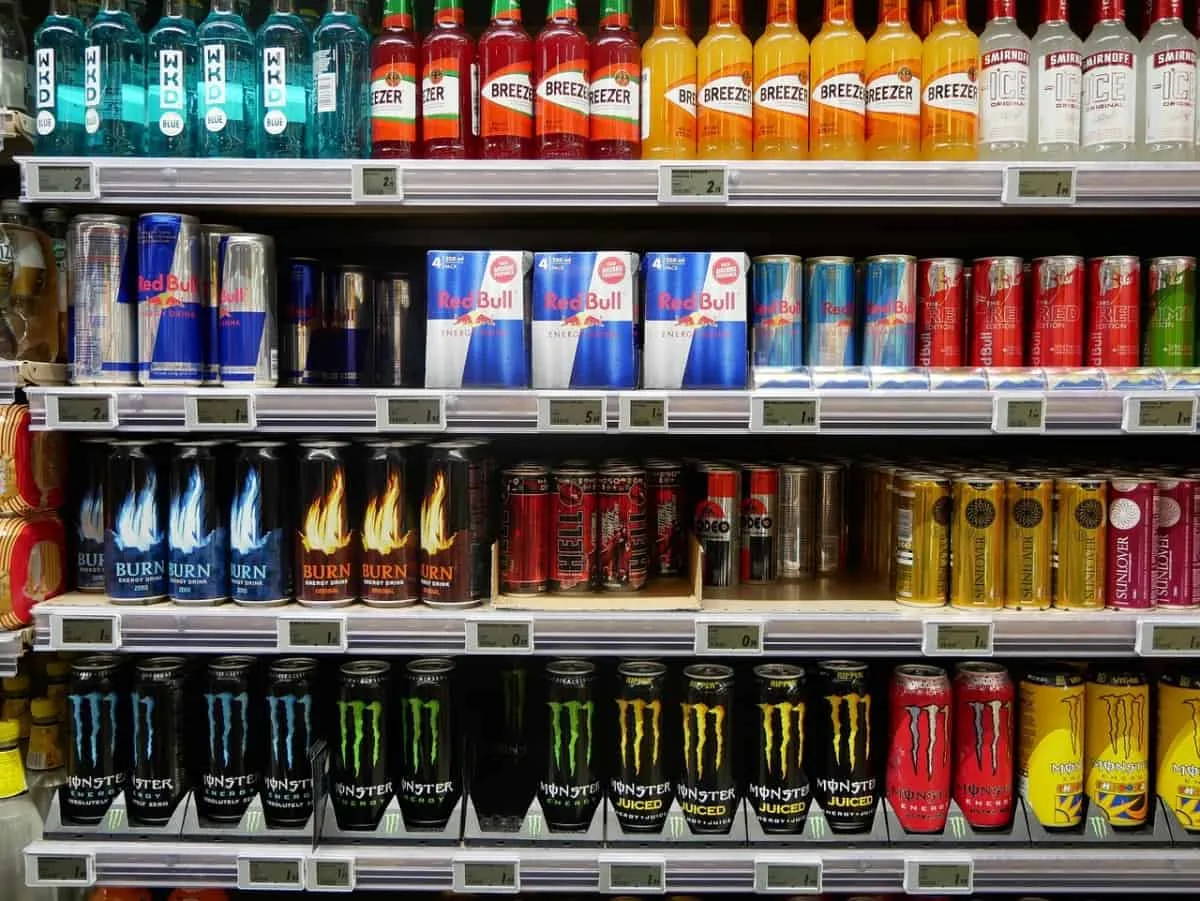
If you like Monster Energy Drink, you might also enjoy the following brands:
Key Takeaways
Overall, Monster Energy is one of the best energy drink brands, and I personally find it quite efficient at providing a nice quick boost to get through the day.
The properties and nutrients of Monster Energy can keep you going for several hours without feeling jittery if consumed in healthy amounts. Also, the amount of nutrients and B vitamins found in each can is enough to give you an energy boost for your entire workout session.
However, take into consideration that excessive intake of Monster Energy Drink may result in adverse effects, caused particularly due to its high sugar and caffeine content.
So, if you plan on drinking Monster Energy every day, make sure not to overindulge.
And don’t wait any longer. Get a can of Monster now!
